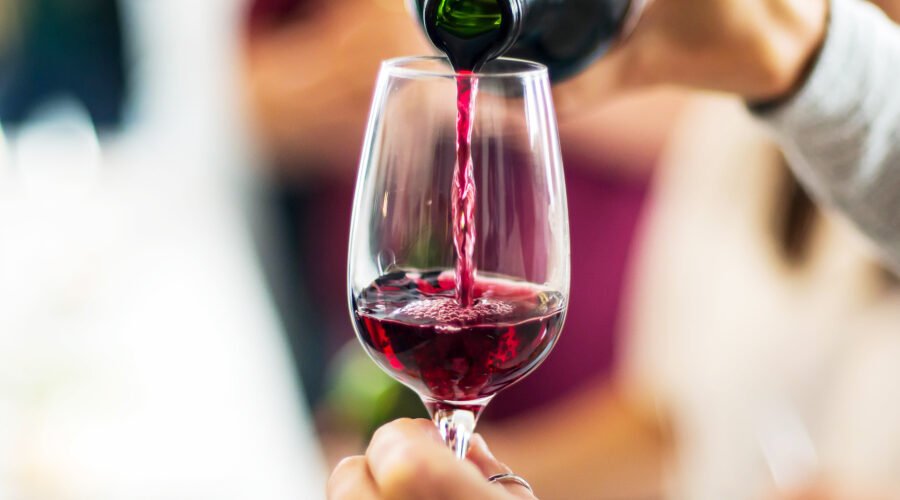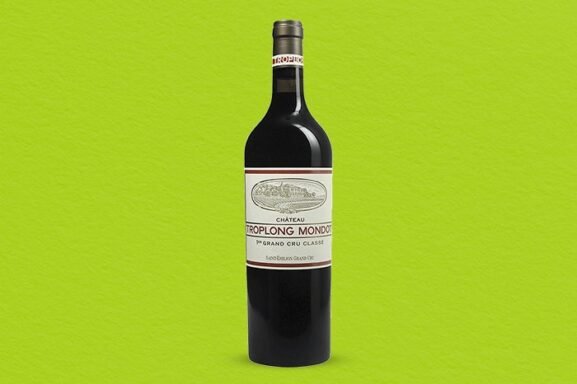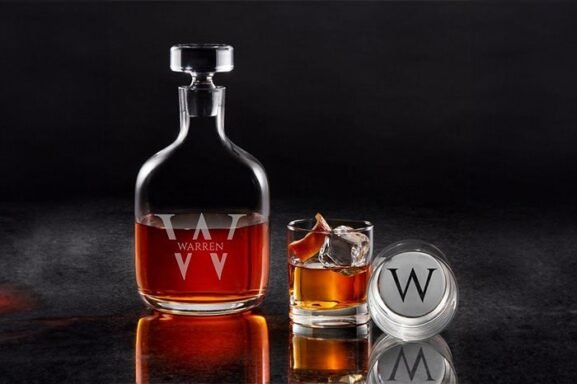What Does ‘Chewy’ Mean in Wine?
At first glance, it may seem odd to apply the same textural assessment to wine as one would to a chocolate chip cookie. But if wine can be crunchy, it can be chewy too.
“A chewy wine would be overtly structured and/or concentrated,” says Chris Fladwood, winemaker at Soter Vineyards in Carlton, Oregon. “I’m thinking of a young Cabernet Sauvignon, where the youthful (and plentiful) tannins would be overwhelming for your palate and therefore cause you to move your mouth around as if you were chewing.”
Andrea Vanni, wine educator at Poggio Torselli in Tuscany, agrees.
“It refers to the meaty and thick consistency of the wine as if you were to chew it,” he says.
Vanni provides Tuscany’s high-yield Sangiovese grapes as an example of a chewy wine. The warm Tuscan climate, highly tannic grape and oak barrels all contribute to the thick and meaty consistency of Sangiovese.
But what actually makes a wine chewy? As Fladwood alludes to, it has to do with tannins.
Tannins are a group of astringent chemical compounds found in red wines and some white wines. They come from the grape skins and seeds, as well as the wood barrels sometimes used during aging. Tannin concentration varies across grape type and climate, accounting for a range of characteristics in both taste and texture.
During a sip of red wine, tannins interact with proteins found in saliva. In high concentrations, this strips the mouth of moisture and results in a dry mouthfeel, creating the intuitive desire to chew.
Other varietals often described as “chewy” include Nebbiolo, Syrah/Shiraz, Tempranillo and Merlot.
This characteristic can also reflect a wine’s age.
Fladwood emphasizes the importance of patience and “to not drink these wines when they are young.” Tannins lose their astringency over time, often making a youthful wine “chewier” than an earlier vintage of the same varietal. “Wait until the wine settles down a bit,” he says.
So, if patience is a virtue when handling these fleshy reds, is chewiness a good thing? Like the ideal chocolate chip cookie, it depends.
“To each their own,” says Fladwood. “It depends on the style of the wine and the artist making it.”
But even with the right grape type, too many tannins can have a harsh drying effect.
Finding the right balance is key. Though these bold wines are a mouthful on their own, pairing them with the right food can create an even richer experience.
“I suppose you could pair something with acidity to help cut through the excessive tannins—or a fatty food such as red meat,” says Fladwood. Fatty, protein-rich foods like meat and cheese are frequently used as palate cleansers for bold reds. For a vegetarian alternative, Vanni recommends eggplant Parmesan. “A dish with a strong, tasty flavor and an important persistence”—just like a chewy wine.
Published on August 9, 2022



